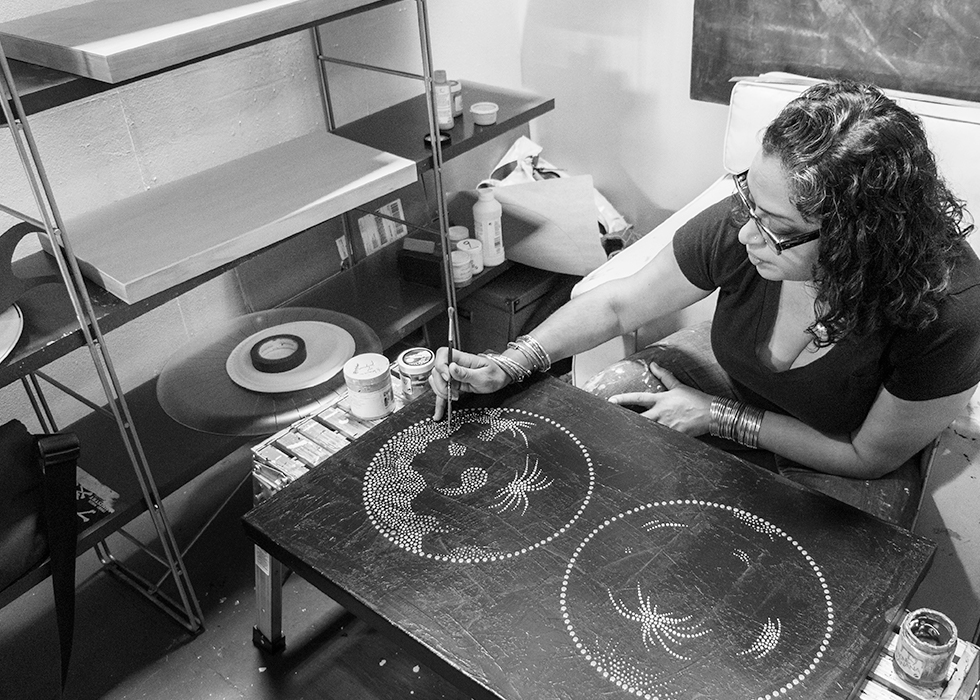5 Easy Tips for Balancing Your Checking Account
A checking account is a contractual relationship between you and your financial institution, with each party having specific responsibilities:
- The financial institution holds your money in a safe place and helps to facilitate your purchases
- You are responsible for handling your account wisely by not overspending the money you have in your account
Here are 5 simple things you should know and do to make sure your checking account stays healthy.
1. Rejected or bounced checks
If you write a check for more than is in your account, the check will be rejected when it comes in for payment. It will be sent back to the person who deposited it and you will be charged for “bouncing” it.
The merchant you wrote it to will not only charge a returned check fee, but the law enables the merchant to charge you for up to three times the amount of the check.
In addition, you may be subject to court proceedings and be required to take special classes on money management. One bad $12 check could cost you a lot of money!
Do not write a check before you make a deposit, counting on the “float” time. With the electronic nature of banking, a check can clear the financial institution the same day you write it.
2. Overdraft protection
Many financial institutions will offer you overdraft protection through your credit card or savings account. When you write a check for more than is in your account, the overdraft protection will kick in and the check will be covered. There is usually a fee charged for this service.
SF Fire Credit Union members can quickly set up overdraft protection in Online Banking.
3. Online account access
Many financial institutions offer account access via the Internet or a mobile app. This service is usually free of charge, and is a convenient way to keep track of your transactions.
The ability to transfer funds, receive and pay bills, place a stop payment on a check, and downloadable financial management software are also commonly available online services.
4. Keeping track
Keep track of your deposits (credits), or checks you write, debit card charges, ATM withdrawals, and fees (debits) in a check register. Record the following information for checks you write:
- Check number (this alerts you if a check is missing in sequence)
- Date you wrote the check or made the deposit
- Who you wrote the check to
- What you wrote the check for
- The amount of the check
5. Balancing your bank statement
Each month your financial institution will send you a statement detailing the activity in your account. This includes all the checks you wrote, ATM withdrawals, deposits, debit card charges, fees and any other activity on your account during the month.
It is important that you carefully review this statement to make sure it agrees with your records. Mistakes can be very costly!
Steps to maintain a balanced account (if using a check register)
- Mark off in your check register every item that appears on your statement. If there are items on your statement that are not listed in your check register, first determine if it is accurate. You may have forgotten to record something in your check register. If the item is correct, list it in your check register. If you believe the item is incorrect and you suspect an error was made, call the financial institution immediately to have it investigated.
- Your financial institution should provide you with a monthly reconciliation worksheet. Enter the ending balance shown on your statement.
- List the deposits and other credits that are in your check register but are not on your statement. Add these to your ending balance.
- List the checks, ATM withdrawals, fees and other debits that are on your check register but not listed on the statement. Subtract these from your balance in step 3 to get your new ending balance.
- Write down the balance in your checkbook.
- List deposits that are on the statement but are not in the check register. Add these to your checkbook balance.
- List the checks, ATM withdrawals, fees and other debits that are on your statement but are not listed in your check register. Subtract these from your balance in step 6 to get your new ending checkbook balance.
- These totals should now be the same. If they aren’t, re-check everything again and again until you see the error. If all else fails, re-add your checkbook. If you still can’t find the error, ask for assistance from your financial institution.
A checking account is pretty much a necessary aspect of modern life. You need it to pay bills, rent, and buy things online. It's also equally necessary to make sure you keep your checking account healthy, and make sure it works for you. These 5 simple things can help you do just that.




